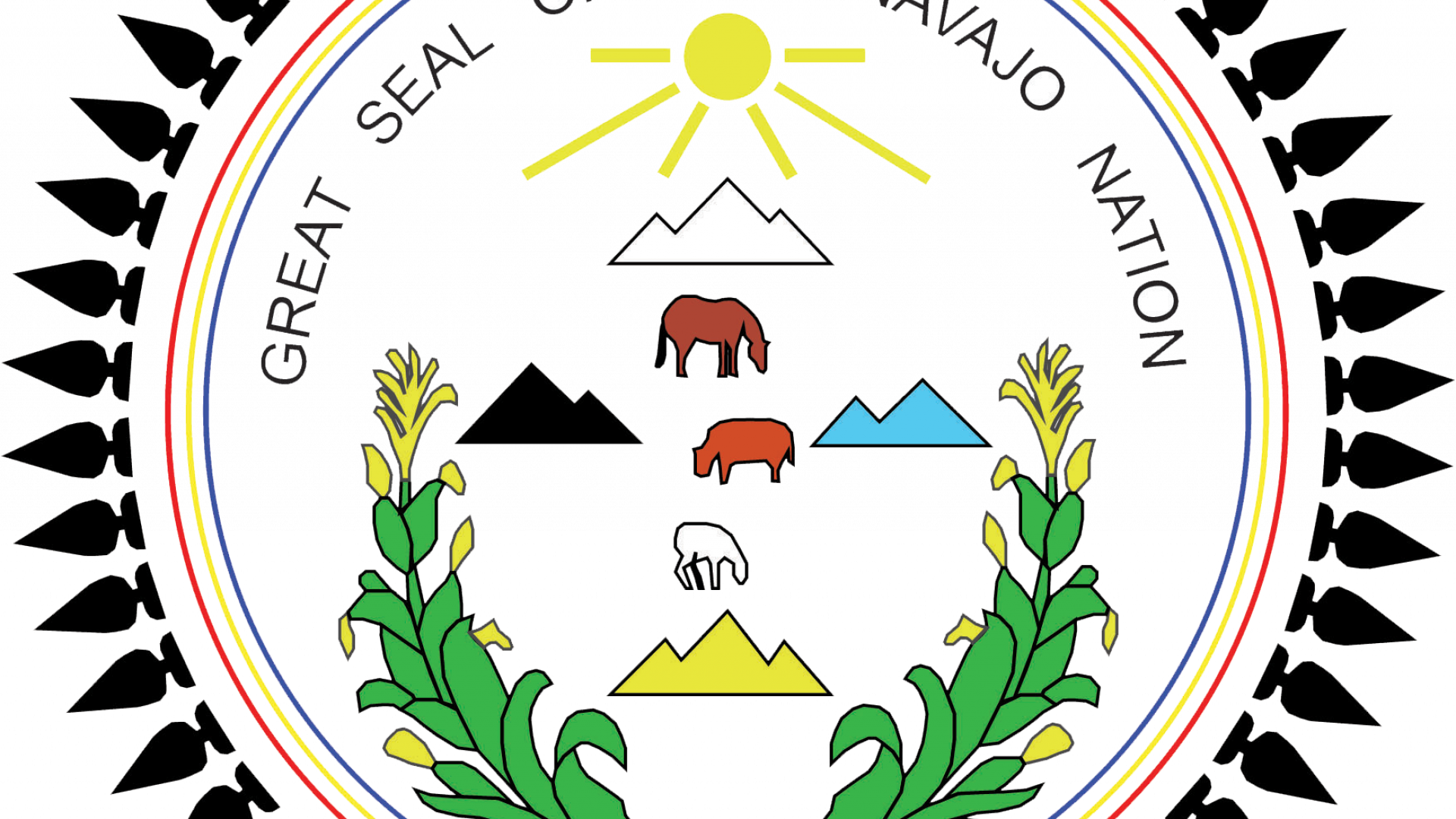Arizona has more indigenous tribal lands than any other state in the U.S. These lands comprise about 27% of Arizona's land base, or a total of more than 20 million acres. Much of this is rangeland and farmland which is controlled by 23 different tribes. Management and ownership of these lands very from tribe to tribe and understanding their culture, management and ownership structure is important when working with each tribe. The following information is a starting point to information and issues about Arizona tribal rangelands.
Navajo Nation
Currently there are three million acres of rangelands on the Navajo Nation and approximately 10,000 permit holders. This includes lands in northeast Arizona, Northwest New Mexico, and southeast Utah. The land is open range (no fencing) using a Grazing permit system or a system of Range Units. According to the 2011 Agriculture Statistics, there are approximately 84,000 cow/calves, 51,000 beef cows, 143,000 sheep, 55,000 goats, and 57,000 horses on the Navajo Nation lands. In addition, a considerable number of wildlife make their home on these lands. Livestock and wildlife tally counts are important to the Navajo Nation as this is a means to ensure a balance with nature.
Rangeland management and improvement is managed by grazing permittees who are considered stewards of the land. Bureau of Indian Affairs (BIA) - Natural Resource personnel monitor the permittees. Rangeland improvements are welcome with approval from BIA. In addition, anyone with a Rangeland Conservation Plan is eligible to apply for a USDA-NRCS cost-share project for range improvements.
Grazing Permits
The grazing of livestock on Navajo lands is managed through grazing permits issues by the Regional Director of the Bureau of Indian Affairs (BIA). These permits authorize Navajo people to graze livestock within their designated grazing use area. A permit is based on Sheep Units and are transferred by proper inheritance. Where permits overlap, a customary use system is in place. Customary Use refers to an area in which an individual traditionally confined his or her traditional grazing use and occupancy and/or an area traditionally inhabited by his or her ancestors.
Seasonal Grazing Permits
Upon approval of the Department of Agriculture and the Navajo Nation Forestry Department, seasonal grazing permits also may be authorized within commercial forested areas.
Eligibility
In order to obtain a livestock grazing permit, an applicant must meet the following criteria:
- The applicant must be an enrolled member of the Navajo Nation and at least 18 years old. A minor who is under 18 years can obtain a grazing permit, but only through inheritance or gift. In this situation, the Navajo Nation Family Court must appoint a grazing permit trustee to manage the permit until the minor reaches 18 years of age
- The applicant must have an identifiable and recognized customary use area that is capable of sustaining the number of livestock authorized under the permit
